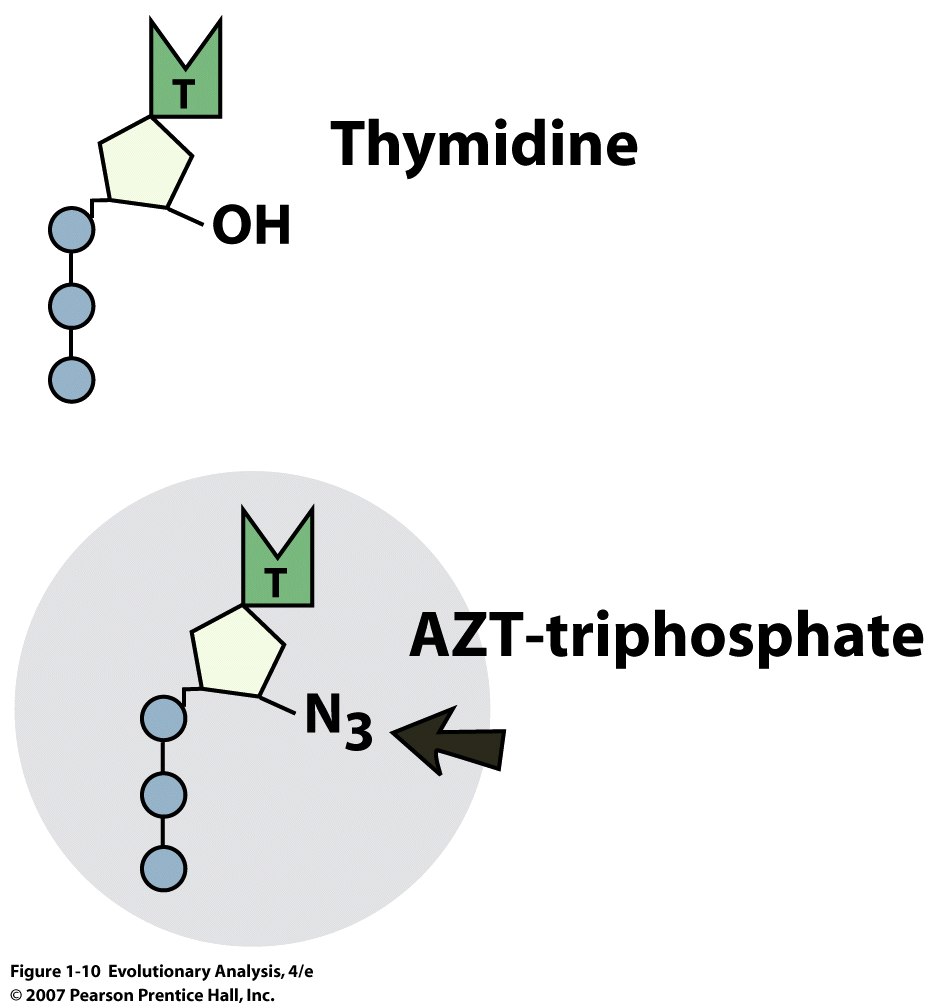 |
| Previous Image | Next Image |
| Description: An untreated HIV infection typically has three phases: an acute phase, in which the host may show general symptoms of a viral infection; a chronic phase in which the host is largely asymptomatic; and an AIDS phase, in which the host's immune system collapses, leaving the host vulnerable to the opportunistic infections. The viral load (top) spikes during the acute phase, then falls as the host mobilizes an immune response. The immune response fails to halt viral replication, however, and during the acute and AIDS phases the viral load climbs again. Late in the infection, the viral population often evolves the capacity to infect a greater variety of host cells. The patient's CD4 T-cell counts (center) fall during the acute phase, then recover somewhat. During the chronic and AIDS phases, they fall again. The host's immune system remains highly activated (bottom) throughout. This may help fight the virus, but it also provides cells in which the virus can replicate and ultimately exhausts the immune system's capacity to regenerate. After Bartlett and Moore (1998), Brenchley et al. (2006), Grossman et al. (2006).
Picture Stats: Views: 1171 Filesize: 71kB Height: 1008 Width: 935 Source: https://biology-forums.com/index.php?action=gallery;sa=view;id=1911 |
